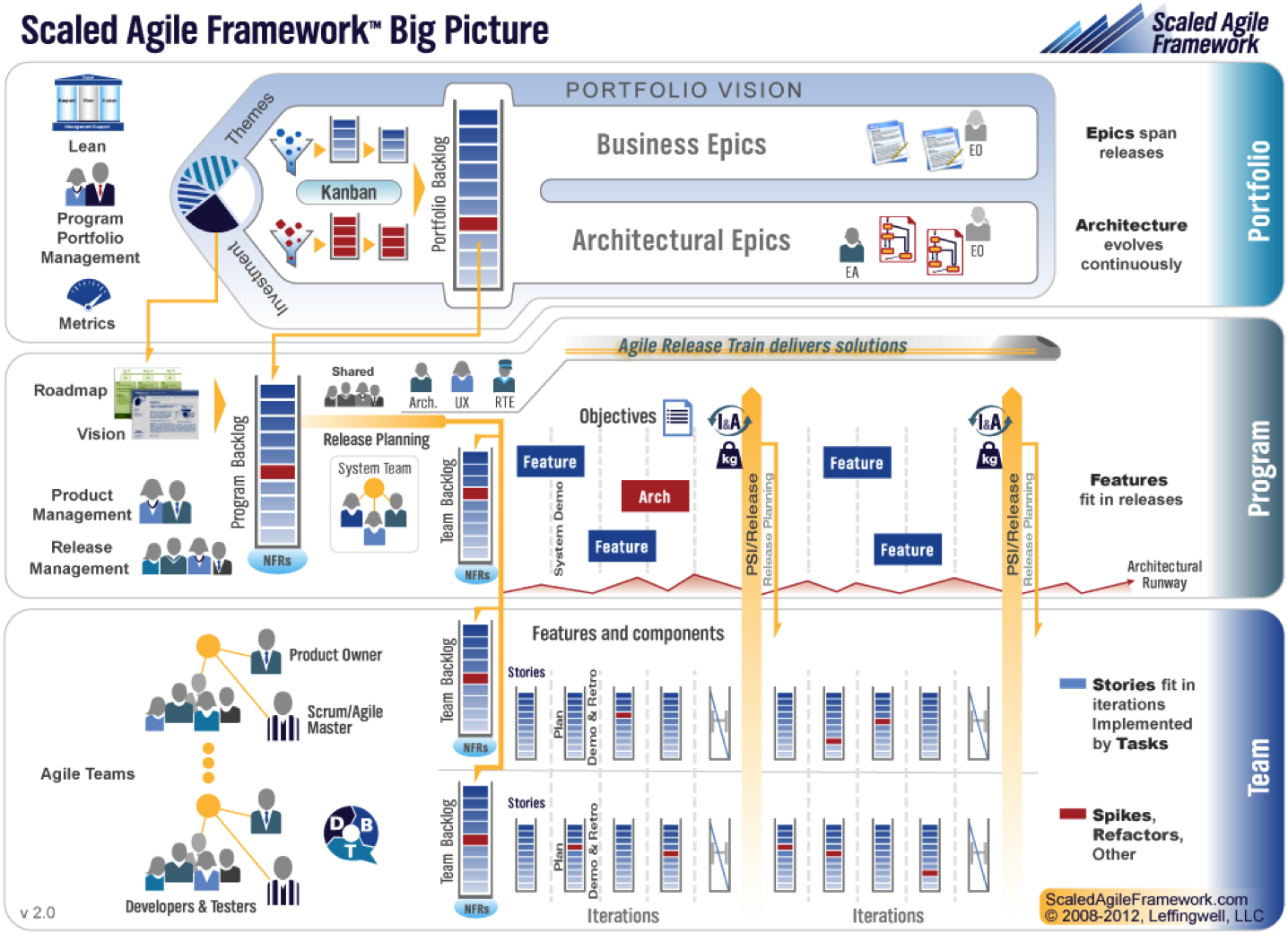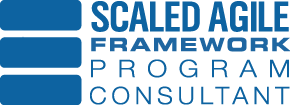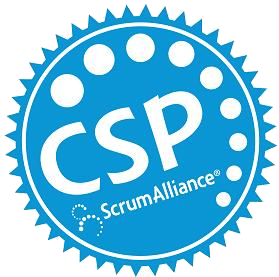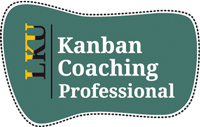
How many times has your team spent time futzing with build scripts and managing test environments or monitoring systems? This is a reality for development shops today. While this activity is absolutely essential to maintain stable assets, it does not scale well. As large organizations continue to demand more software solutions, we must think of different ways to manage, build, and deliver our assets. 20 different teams tinkering with Jenkins could get ugly fast. Not to mention the backlash effect of instituting a Jenkins change control board(JCCB)! 😉
What if scaled application developers didn’t have to worry with this headache? What if they just plugged their code and tests in and voilà…it works? 😀
Well, drum roll…ladies and gentlemen, I introduce to you Delivery as a Service(DaaS). DaaS represents the ops interface that developers interact with. This allows developers to remove themselves from the mundane tasks associated with building and maintaining a delivery architecture. Modern tooling, Lean Agile thinking, and mature engineering practices have made this possible.
DaaS is made possible by the thinking behind Continuous Delivery. Jez Humble and David Farley wrote a fantastic book in 2010, called Continuous Delivery, that outlined how to build more reliable systems by potentially delivering every application change to production fast, really fast. The success and maturation of Continuous Delivery systems is changing the mindset of traditional development. Companies such as Etsy, Netflix, and Flickr are pioneering the engineering practices required to build and deploy at scale.
With the help of these innovators and the work of the Scaled Agile community, we’re making sense of developing and delivering at scale. The Scaled Agile Framework calls out a program level team that would provide DaaS called the System Team. We think that a lot of innovation will occur at this level within SAFe over the next two years. If anyone has any experience with Continuous Delivery/Deployment at scale, we’d love to collaborate.
It’s an exciting time to be pushing code!









